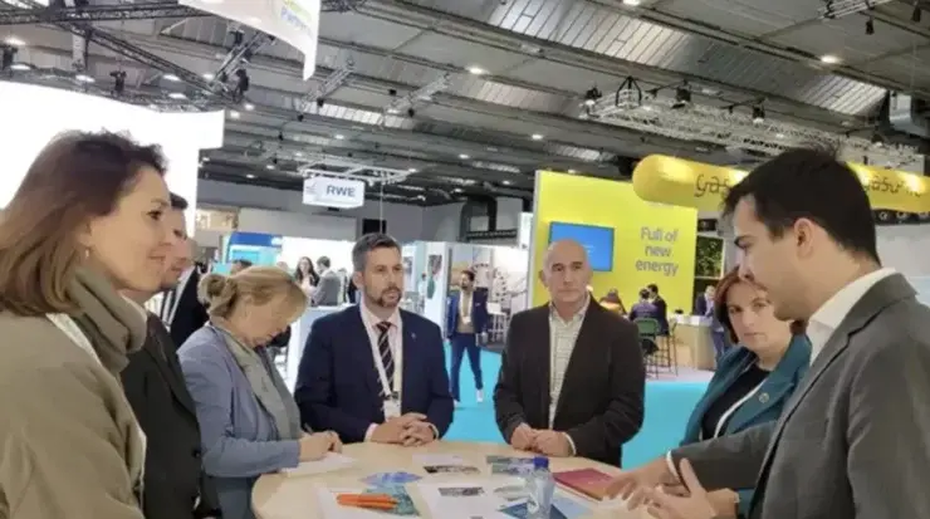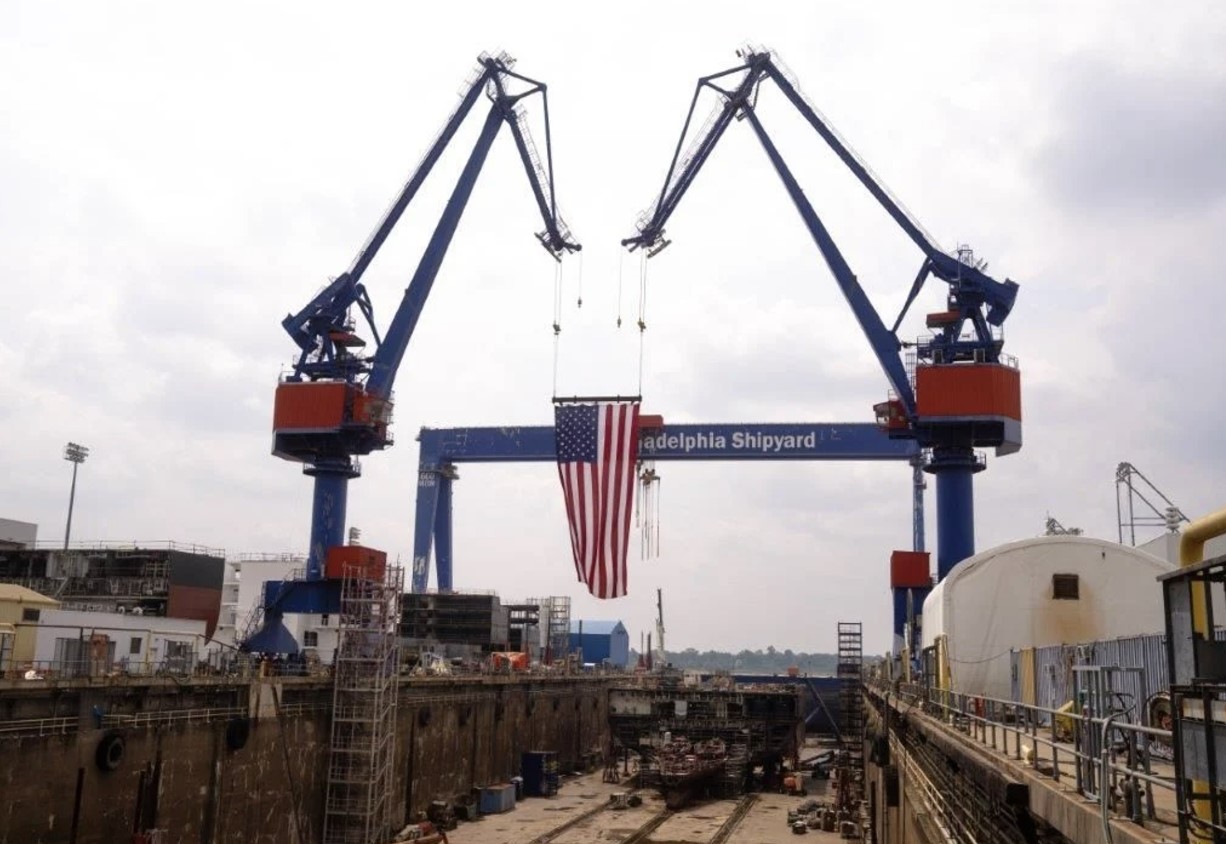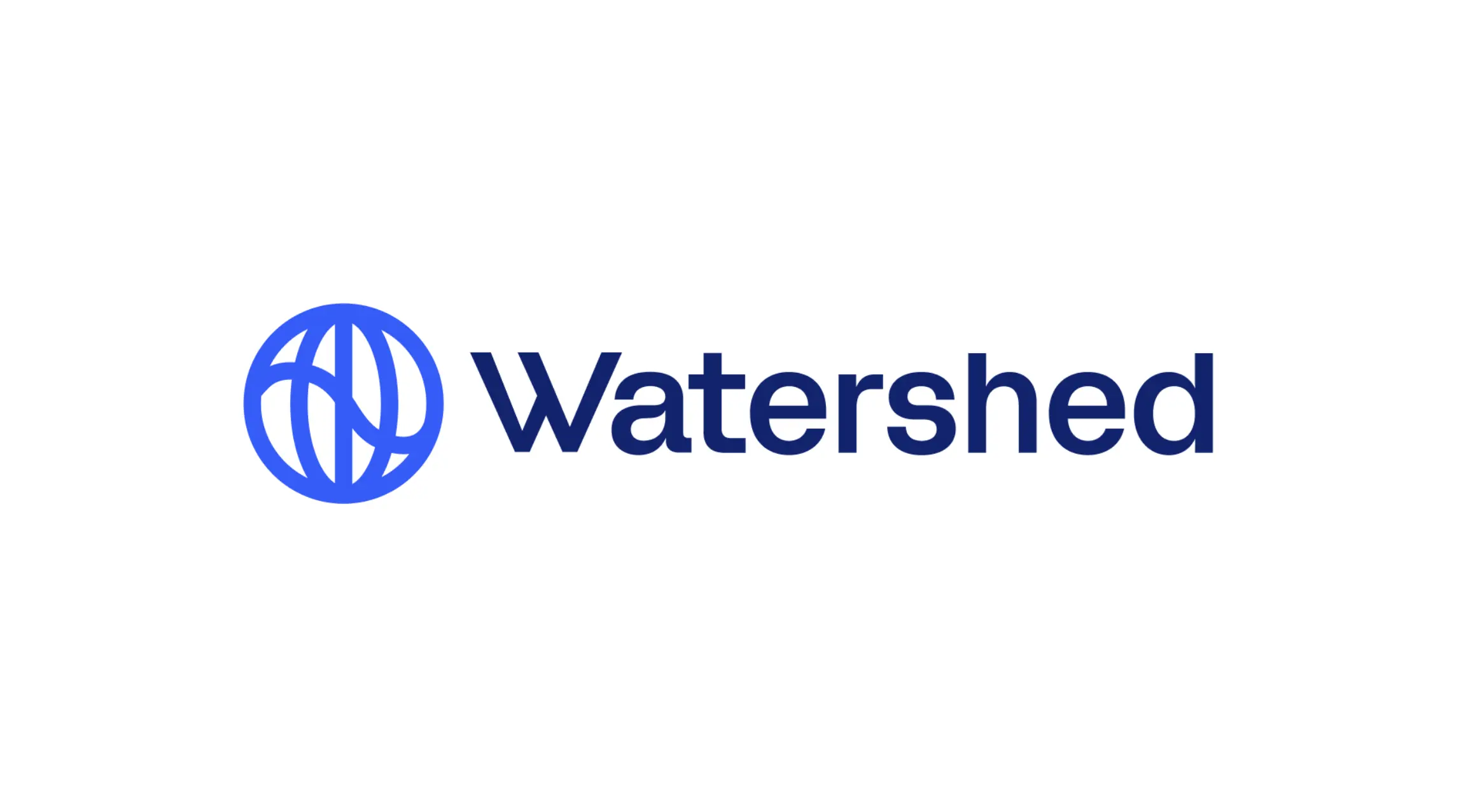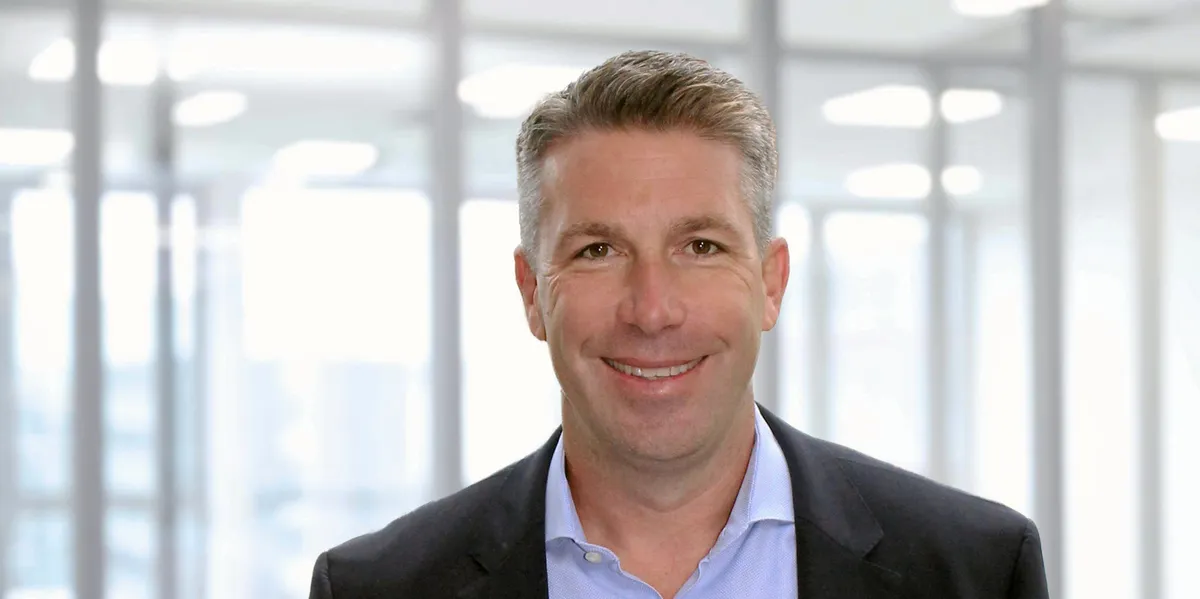
What should be read from: “Siemens Energy rescued.” Was the company on the verge of bankruptcy? By no means. It was about securing orders – and there the company has a volume of over 112 billion euros in the books – through guaranties that were no longer available after the spin-off from parent company Siemens. The extremely high loss of 4.6 billion EUR for the past financial year is based on the ailing wind subsidiary Siemens Gamesa. There were already provisions made for this, though, and through the sale of the participation in the Indian subsidiary in the amount of 18 percent for 2.1 billion EUR by Siemens, enough capital is available to stem the losses. Now the banks (with 7.5 billion euros partly reinsured by the federal government) and former parent company Siemens will lay out a total of 15 billion EUR in guaranties for Siemens Energy. The company is paying a customary commission for this. Whether these guaranties will ever have to be used may be doubted – they are pro forma collateral.
Shares in the Indian subsidiary go to Siemens
How massively Siemens Energy is undervalued at the stock exchange is shown by a glance at the Indian subsidiary. In India, Siemens Energy holds about 25 percent in Siemens India Ltd., in which parent company Siemens is also a participant. Here comes the unbundling: Siemens is assuming 18 percent plus 5 percent as collateral, among other things, for the fee for the use of the naming rights. To put it positively: The more collateral in the form of guaranties, the more orders can be taken in and at the end of the day money earned. On the other hand: If Siemens Energy had not been able to provide the collateral (guaranties), rating agencies might have lowered the credit rating, which would have had additional costs (increased interest rates for example) as a consequence.
That Siemens Energy must pay 250 million euros every year to the parent company just to have “Siemens” in its name seems like a rip-off. Because with 25 percent of the share capital of Siemens Energy, Siemens has a market capitalization of only 2 to 2.5 billion EUR, in relation to the 250 million EUR annual fee and with it a secure return in the amount of over ten percent on the part of Siemens. It does not matter whether Siemens Energy makes a profit or loss. The federal government as well as Siemens and participating banks have worked calmly to present the guaranties – you can individually evaluate the projects that Siemens Energy holds in its books.
Difficult times for the entire wind energy sector
Poor figures for the wind power activities of Siemens Gamesa applies to almost all manufacturers in the wind industry. There were prices and conditions that led to losses (higher interest rates, problems in the supply chain, raw material prices, calculations). On top of that were quality and technical problems. Chinese suppliers are sitting in the driver’s seat, because they produce much more cheaply and offer other financing models. Here in Europe, you can only threaten with restrictions and entice with subsidies, if the production is taking place here.
Parent company Siemens self-interested
If Siemens Energy Formerly had letters of comfort from parent Siemens (still holds around 25.1 percent plus another five to six percent indirectly in the Siemens pension fund), the company must now demonstrate these. We’re talking about a volume of 15 billion euros, with which a third of the order volume of 112 billion euros (information from the company) can be hedged. However, the situation is that Siemens Energy did not need capital to be protected from bankruptcy, as the case once appeared at TUI or Commerzbank. The government was directly involved and contributed equity. At Siemens Energy, it was a matter of pure guaranties for existing orders.
Summary: Do not be alarmed. Siemens Energy is, despite the problems of subsidiary Gamesa, well positioned, earns money in important areas and can still be seen as a growth story in the topic of regenerative energy and hydrogen in many applications. The current problems are being solved. In 2026, there should again be a profit for the company as a whole – so Siemens Gamesa will also have a positive contribution then. “Buy on bad news” is the only conclusion that can be drawn from the current situation.
Disclaimer
Each investor must always be aware of their own risk when investing in shares and should consider a sensible risk diversification. The FC companies and shares mentioned here are small and mid cap, i.e. they are not standard stocks and their volatility is also much higher. This report is not meant to be viewed as purchase recommendations, and the author holds no liability for your actions. All information is based on publicly available sources and, as far as assessment is concerned, represents exclusively the personal opinion of the author, who focuses on medium- and long-term valuation and not on short-term profit. The author may be in possession of the shares presented here.







